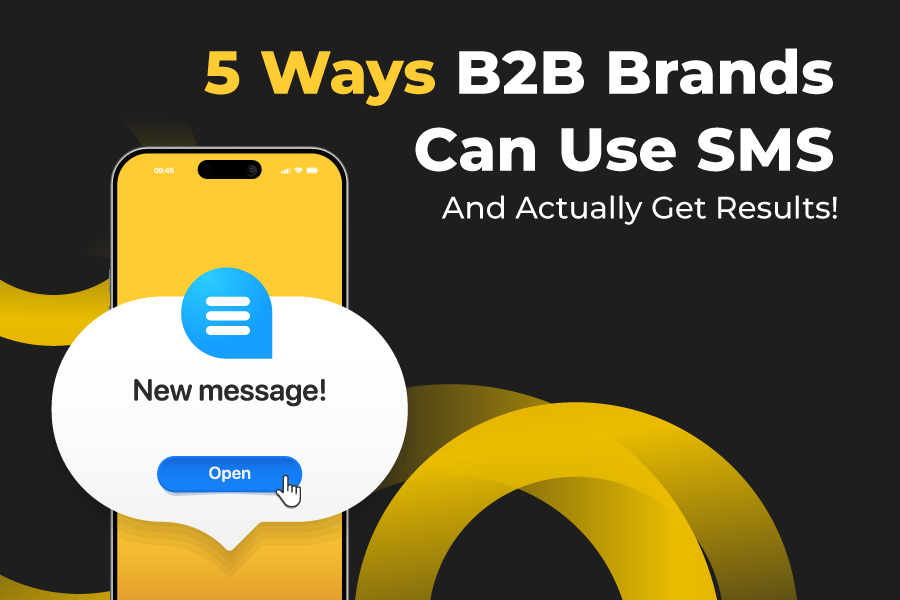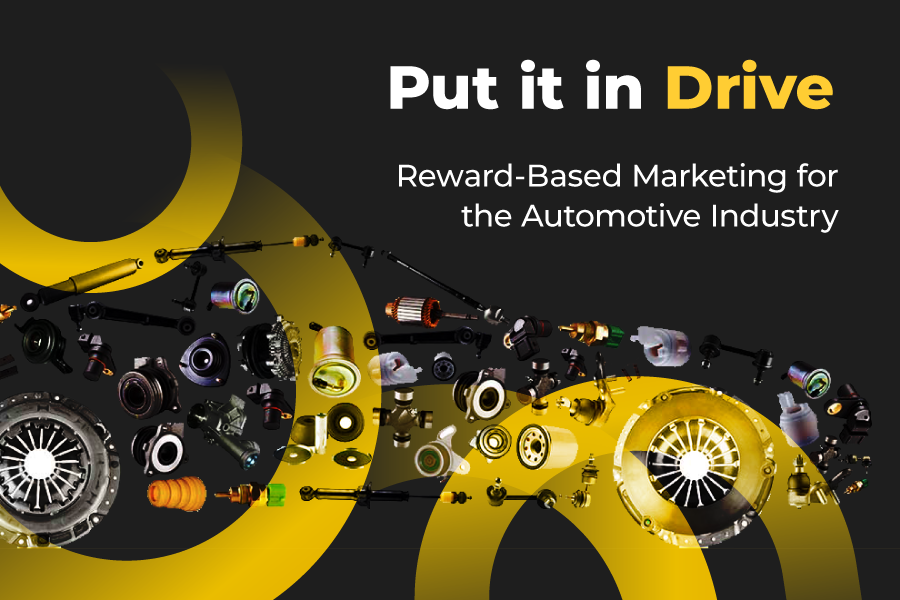B2B SMS Marketing: A New Secret Weapon for Lead Nurturing
Let’s be real—when we think of SMS marketing, our minds usually jump to B2C brands dropping discount codes or product drops into our texts (guilty of clicking every time 🙋♀️). But what if I told you that B2B SMS marketing isn’t just for beauty brands and flash sales anymore?
B2B marketers, it’s time to start texting.
Inspired by how Supergoop keeps their SMS strategy fresh (Marketing Brew’s article here), we got to thinking: why aren’t more B2B brands doing this? Spoiler alert: the opportunity is massive.
At YellowDog, we’ve seen firsthand how SMS can humanize B2B relationships and boost campaign performance, especially when paired with smart CRM integration.
Why SMS Deserves a Spot in Your B2B Toolkit
98% open rates.
Yep, you read that right. While emails are lucky to get a 20% open rate, text messages practically guarantee eyeballs.
90% of texts are read within 3 minutes.
So if you’re sending time-sensitive info—like a webinar reminder or a last-minute event update—SMS is your MVP.
In short: it’s quick, personal, and almost impossible to ignore. That’s marketing gold, folks.
5 Smart Ways B2B Brands Can Use SMS
1. Webinar Reminders That Actually Get Seen
You’ve spent weeks organizing a virtual event, but half your registrants don’t show up? A friendly text the morning of (or 15 minutes before) can bump attendance in a big way.
2. Lead Nurturing, But Make It Human
Following up after a meeting? Instead of a formal email, how about a quick “Hey [Name], great chatting earlier! Let me know if you have any questions about [X solution].” It’s low-pressure but high-impact.
3. Appointment Scheduling Made Easy
No more email chains. Send a link via SMS to book a time directly. Fast for them, efficient for you.
4. Product Launches & Service Updates
Got something new and exciting to share? A short, snappy text with a link to the full details can drive traffic and buzz without clogging their inbox.
5. Quick Feedback Requests
Whether it’s after a sale, a support call, or a campaign launch—SMS is a great way to get fast feedback while the experience is still fresh.
But Wait—How Do You Actually Start?
If you’re thinking “Sounds great, but how do we pull this off?” don’t worry, I’ve got you:
Step 1: Get Permission First
Nobody likes surprise texts. Make sure you have opt-in from your contacts (this is legally non-negotiable).
Step 2: Keep It Short & Sweet
Your message should be brief, clear, and ideally sound like a human wrote it. Skip the jargon.
Step 3: Use Their Name, Mention Their Biz
Personalized messages get better responses. Pull info from your CRM to make it feel like a 1:1 chat.
Step 4: Track What Works
Most SMS platforms offer analytics, so you can see what’s resonating. Tweak as you go.
Step 5: Don’t Be Annoying
Send messages only when they actually add value. One to two messages a month is a good rule of thumb.
Final Text (See What I Did There?)
If you’re in B2B and you’re not using SMS yet, you’re missing out on a ridiculously effective way to connect with your audience. Whether you’re building relationships, closing deals, or just keeping folks in the loop, a well-timed text might be the nudge they need. Curious how SMS could fit into your marketing mix? Let’s Talk.
Whether it’s CRM integration, campaign planning, or message strategy, B2B SMS marketing gives you the edge.




